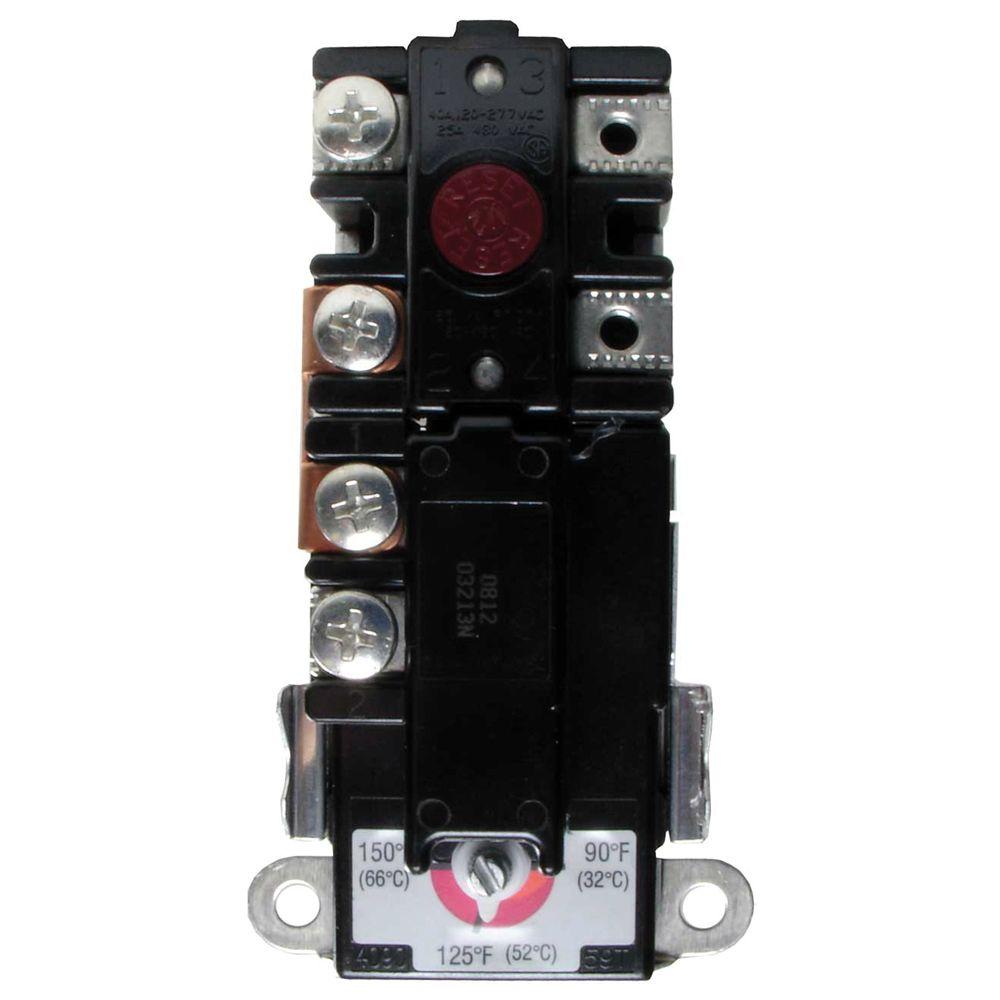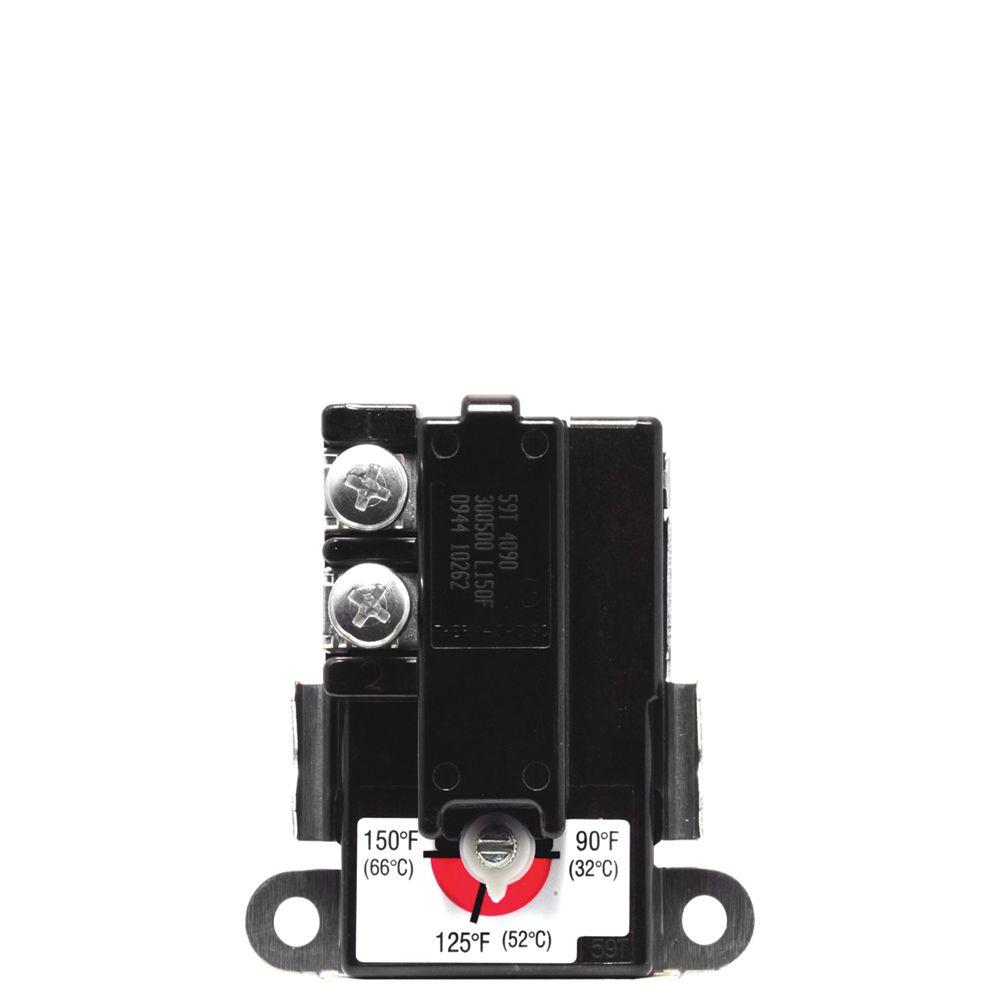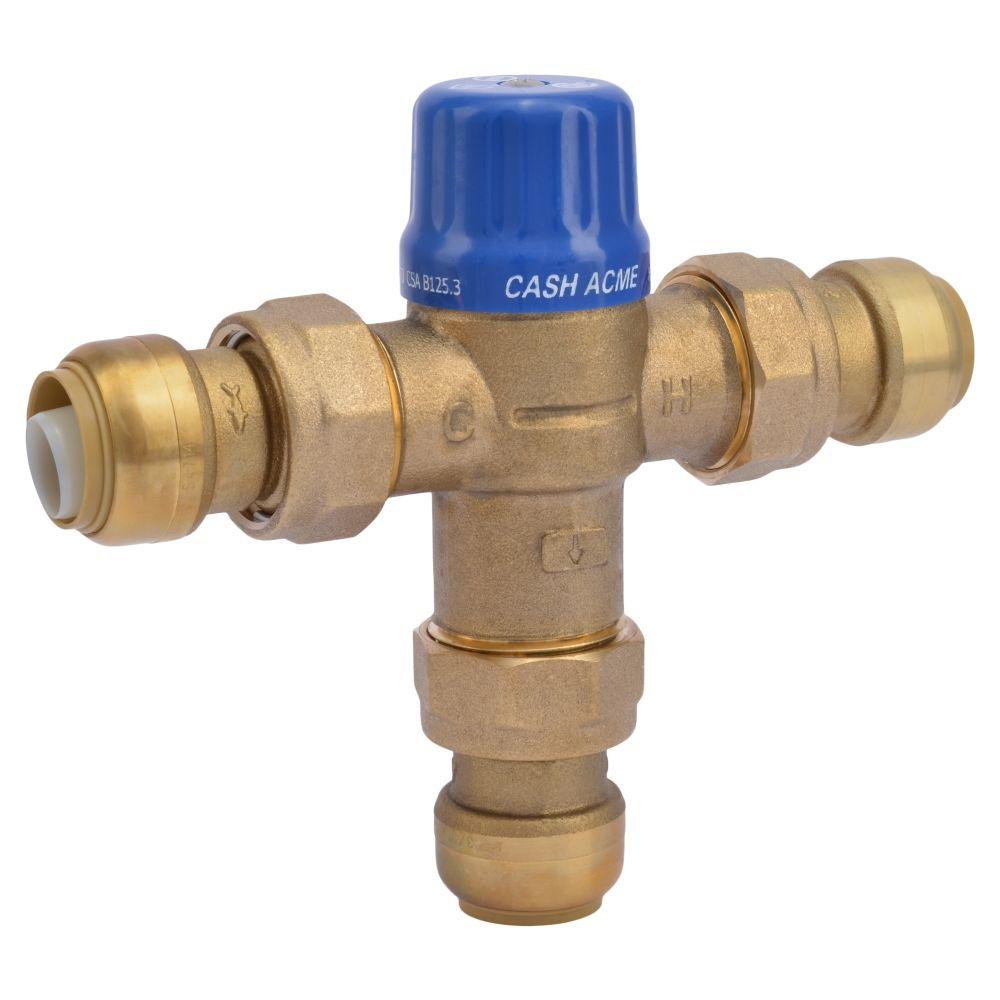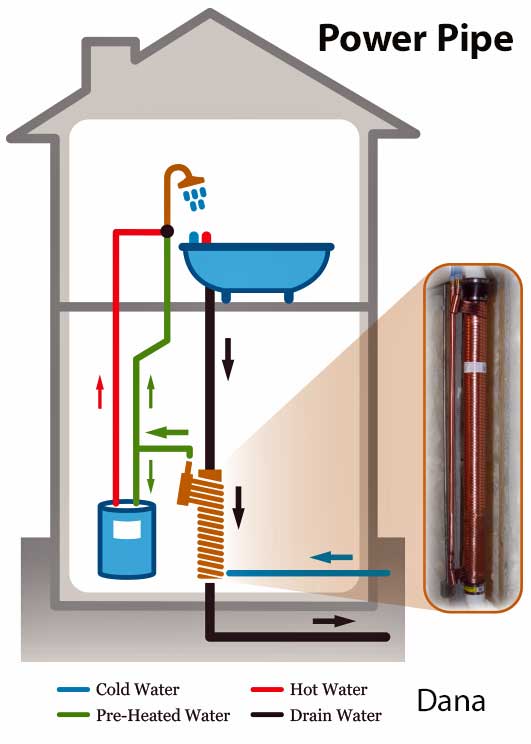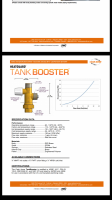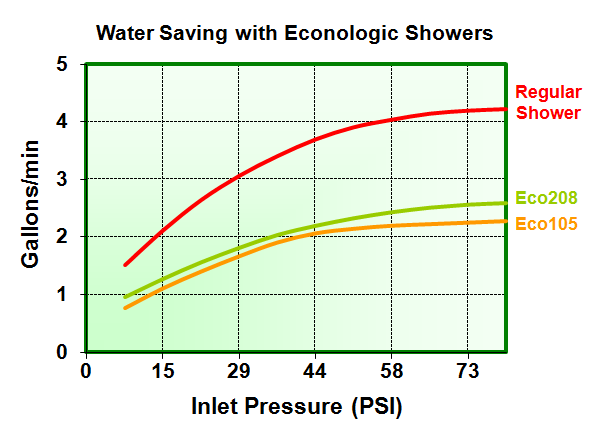UPDATE:
We swapped out both elements of our 50 gallon State water heater and installed a CSV valve. Temp on the heater is maxed out at the recommended level. Showers still run out of hot water before we've finished. Would a tankless electric unit at each of the 3 showers solve our issue and allow unlimited hot water? Thank you.
We swapped out both elements of our 50 gallon State water heater and installed a CSV valve. Temp on the heater is maxed out at the recommended level. Showers still run out of hot water before we've finished. Would a tankless electric unit at each of the 3 showers solve our issue and allow unlimited hot water? Thank you.

